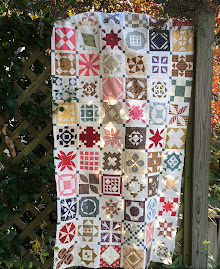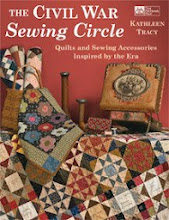All this talk about the American Made Brand Blog Tour got me thinking about fun things to do in my state of Illinois. So, the other day I decided I would try to do a tour of museums in Chicago and other surrounding areas this summer and then blog about them. If you're planning on traveling around this summer and happen to be in the Chicago area, maybe you'll get some ideas.
Yesterday, I kicked off my tour and went to Number One on my list - the Art Institute of Chicago - with my husband, daughter and sister-in-law. Nothing revitalizes me like being in downtown Chicago.
Some of the wonderful things you can see at the Art Institute if you're ever in the city -
First, we saw the Arthur Rubloff paperweight collection. Over two thousand (!) glass paperweights, filled with gorgeous color, pattern and design. Some paperweights are antique French (Baccarat); others are contemporary with an antique look. All are mesmerizing.
I've had a glass paperweight collection for years - but with only one paperweight, sigh. . . . Time to add more I think.
According to the Chicago Tribune, paperweights also have an interesting link to Chicago.
"They're part of Chicago history, which makes this very exciting. Chicago is where the skyscraper was invented. And skyscrapers were without air conditioning, so you opened the windows. Sullivan and Burnham would have had stacks of pieces of paper, and open windows everywhere. How do you keep those papers in place? Why, with paperweights, of course."
"Honey Bee Swarm With Flowers and Fruit" - honeybees floating over a cluster of flowers and around a honeycomb. The only place I would consider getting close to bees - when they're in a paperweight.
Next we went to see the Thorne rooms - the miniature rooms I know I've talked about here before. The Thorne rooms were the "creative endeavor" of Mrs. James Ward Thorne, a Chicago socialite who began collecting antique miniatures at a young age. Inspired by actual rooms in historic houses and museums, the permanent collection features 68 rooms that were made (commissioned by her) between 1934 and 1940, constructed on a scale of one inch to one foot. As a child growing up in Chicago, I remember visiting and drooling over these tiny rooms and furnishings, my nose pressed up to the glass, and my daughter did the same (still does). I could have spent hours here.
This painting has been one of my favorites for years - Paris Street; Rainy Day by Caillebotte. The people in the foreground look like they're going to just continue walking and step outside the painting right in front of you.
Continuing on, we saw the Modern Art Wing, the American Art section, the Medieval Art section and much more. Here are a few of my favorites:
Actually, I was more struck by this young woman and how she seemed to match the painting.
The museum also houses one of the largest and most significant collections of Impressionist and Post-Impressionist art in the world. Second to the Louvre in Paris.
It's hard to get near this famous painting - A Sunday on La Grande Jatte by Georges Seurat.
It helps if you're persistent, tell everyone in your group to go on ahead and then just wait it out (or push your way up to the front).
I love learning about how famous art is acquired - In the summer of 1924, Frederic Bartlett and his wife, Helen, had the opportunity to purchase Georges Seurat's masterpiece A Sunday on La Grande Jatte. Writing from an ocean liner en route to the US from Europe, he enthused:
"We had wonderfully good luck . . . as we were able to get almost by a miracle what is considered to be almost the finest modern picture in France, La Grande Jatte by Seurat."
Bartlett began assembling a collection of "modern" (at the time) paintings and in 1926 he gave the collection to the Art Institute in memory of his recently deceased wife.
Well, that's it - you've seen a portion of what's there. We had a great time. As usual, I hope many of you weren't bored since it was not about quilting. I have a life too you know, LOL. This was a nice cap to my week and I wanted to share. There's nothing quite like a nice overdose of culture to make you feel good about life and art. Studies have shown that viewing works of art can not only give your brain a boost but give the viewer as much joy as gazing upon a loved one. Even art you don't like still sends a message to the brain and increases blood flow. So now this means there's scientific truth to what has been known for a long time – that beautiful paintings have the power to make us feel good, about ourselves and life.












































































